In El Salvador they say the country is so tiny that nothing is more than 40 minutes away. Whether it's volcano, beach or capital city, all are close - it's just the traffic around San Salvador that might hold you up.
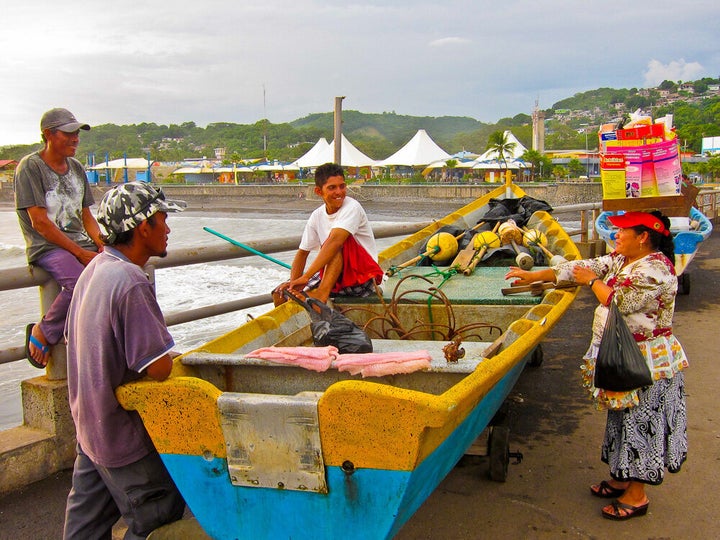
For most people, the only reason they've heard of El Salvador is the Oliver Stone film of the same name, which is set during the civil war in the 80's and 90's. There's been peace here since 1992 but tourism is still in its infancy. That means that everywhere you go, you receive a fantastic welcome - there's no hassle and the locals seem genuinely surprised that you might want to visit their country.
Joya de Ceren

If you're coming to El Salvador to see Mayan ruins, then you might be sadly disappointed as what's remaining can't really compare in stature to the sites in neighbouring Guatemala and Honduras. What's unique, however, is Joya de Ceren, the Pompeii of Mesoamerica. This was a small Mayan farming village, nestling in a fertile valley, until the nearby volcano of Loma Caldera decided to erupt in 590 AD. The inhabitants fled, leaving their houses and fields to be buried under 4-8 metres of volcanic ash.
12 structures have been excavated so far, and include living quarters, storehouses, workshops, kitchens, and a communal sauna. The volcanic eruption was so sudden that everyday Mayan life was frozen in time. Artefacts used for cooking, for storage, even for drinking chocolate, were found where they were left. Several cultivated fields containing maize plants and fruit trees have also been uncovered.
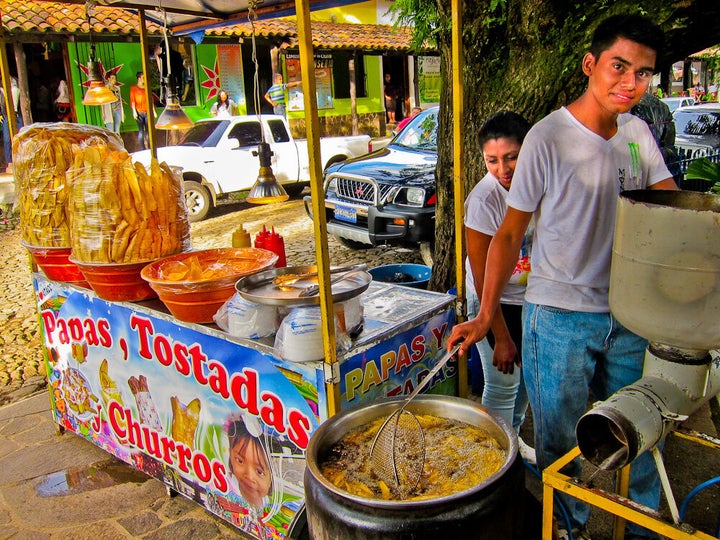
Ruta de las Flores
Winding through the hills in the North West of the country is the Ruta de las Flores, connecting a number of small villages, set amid coffee plantations. Red tiled roofs and cobbled streets confirm to the classic colonial style with a white washed church dominating each village square. On weekends they hold food festivals, but even during the week, it's still worth seeing how they make Chorizo in the local market.
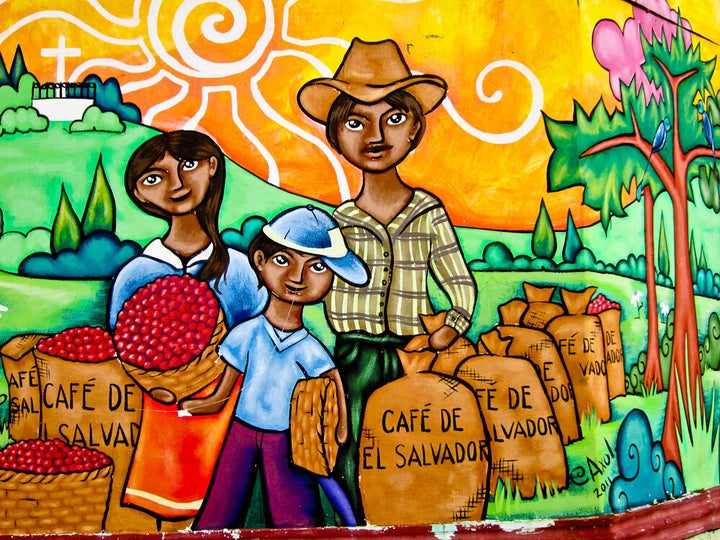
Ataco is home to an amazing display of colourful murals which cover almost every wall. The story goes that a hippie couple, after serving time in prison for drugs offences, came here to start an art gallery and painted the outside of their shop. The locals liked it so much that soon the whole town was covered. Nearby Juaya also has a few, but its claim to fame is the regular weekend Feria Gastronomica .Here you can sample some of El Salvador's typical dishes such as Pupusas and Carne Asada.
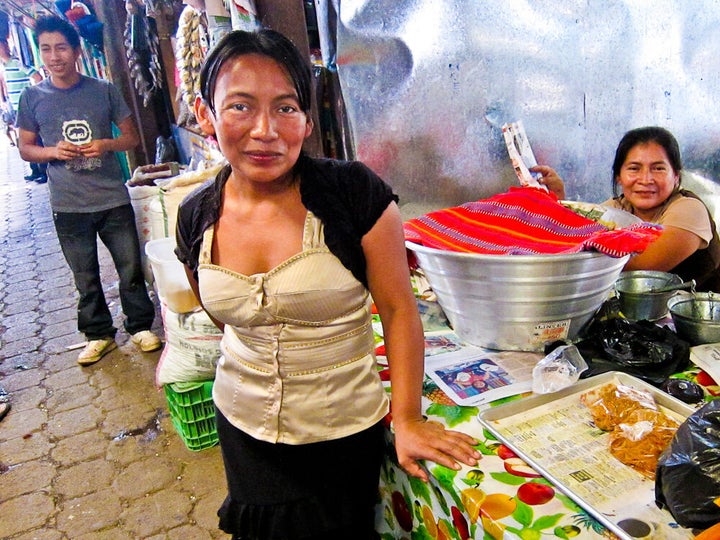
Cerro Verde National Park
El Salvador is a land of earthquakes and volcanoes and Cerro Verde has three of them - Izalco, Santa Ana and Cerro Verde. The last is long extinct and you can take a trail around the crater, through the forest, which takes about an hour.
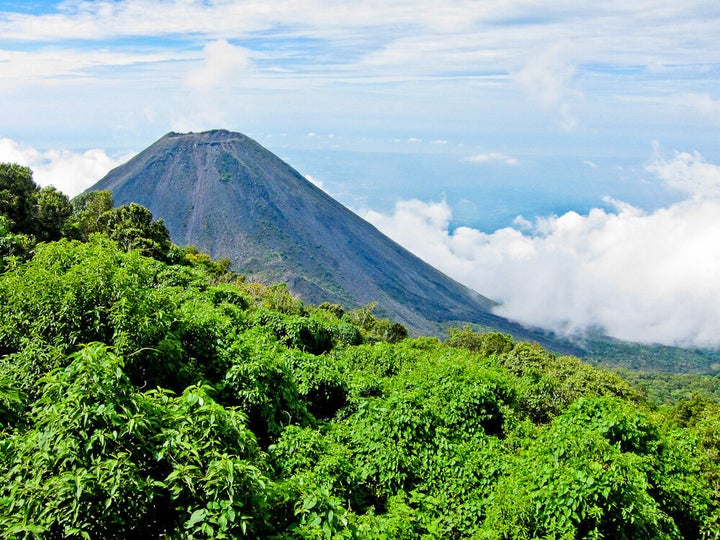
You'll need more time and a guide to climb the other two - Santa Ana is the highest in the country standing at 7,759 feet and takes around two hours to get to the top. Izalco has been in continuous eruption for 160 years but last erupted in 1966. It's known as the "Lighthouse of the Pacific" and takes around 3 hours to get to the top. It features a black lava cone and has great views of its crater.
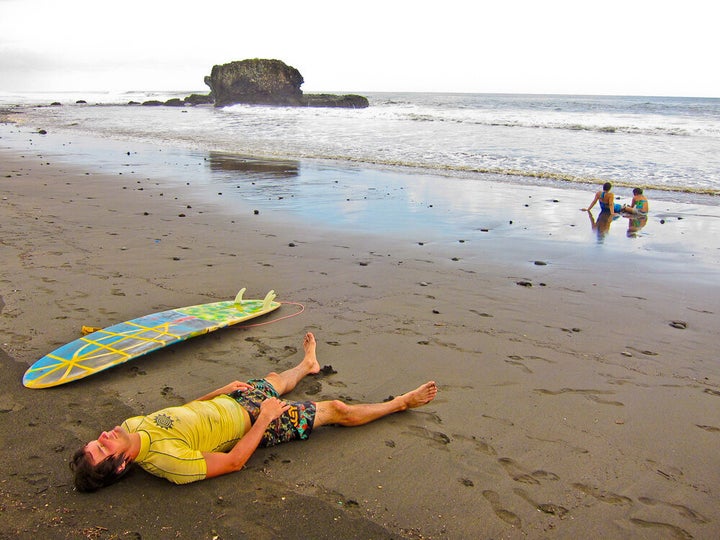
Pacific Surf
Of course the first tourists to make it back here were surfers, determined to take advantage of the phenomenal breaks. The whole coast around La Libertad is littered with small colourful hotels and cheap restaurants where you can feast on ceviche to your heart's content. The black volcanic sand lends a stark beauty to the coastline and the waves here are world class, yet kind to their riders.
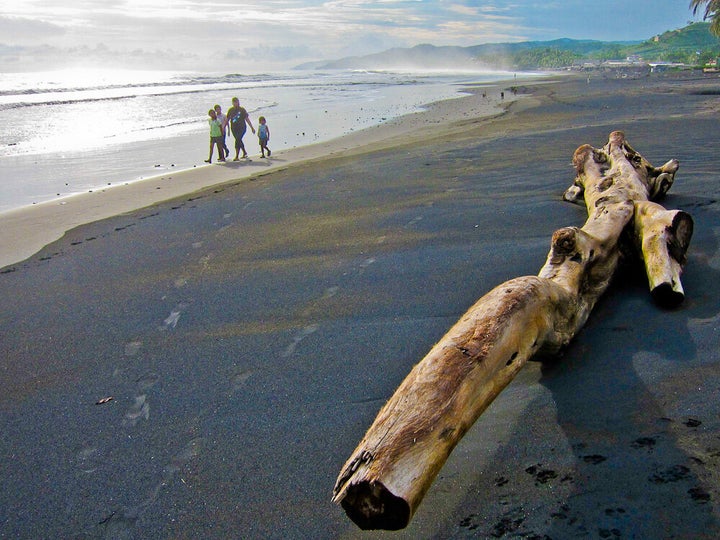
On a beach nearby I see the fruits of a conservation project to save turtles. In the past these animals were eaten by the locals, but now the eggs are being hatched and then the young released back into the sea. It's an emotional sight as these tiny hatchlings struggle across the sand and into the pounding waves.
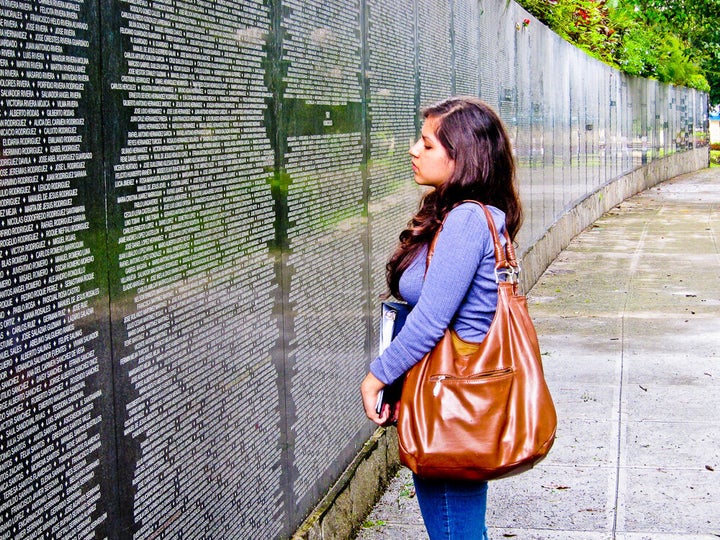
San Salvador
The bustling capital saw a major earthquake in 1986, so there's hardly anything left of the colonial city. Most of the churches have been rebuilt, but there are a handful of interesting early 20th century buildings. Just outside the town is the memorial to the murdered and disappeared. A black wall has their names etched into the stone and it's still an important place of pilgrimage. Most important, when I was there, I saw students and schoolchildren looking for their relatives, and it's a stern reminder of the country's war torn past.
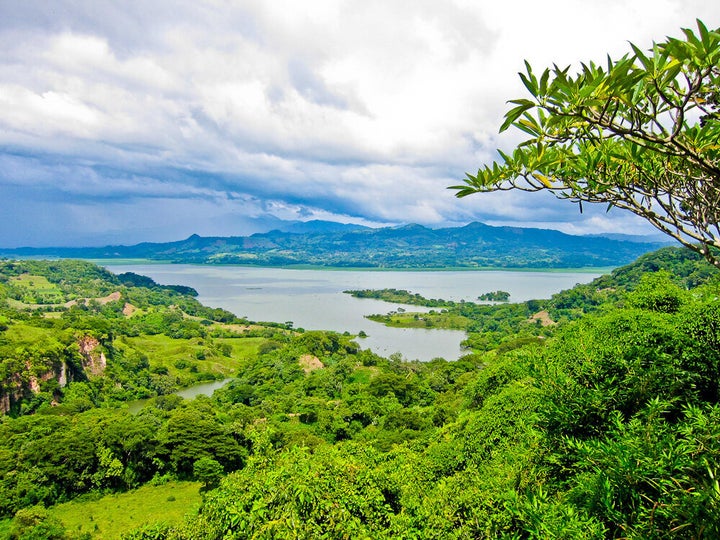
Suchitoto
47 km north of the capital are the cobbled streets and whitewashed buildings of this pleasant colonial town. On the way I pass a bomb protruding from the hedgerow, a reminder that this area saw some of the bitterest fighting of the war. Thankfully the town came out of it unscathed and it's making its name as an artistic centre with an annual arts and culture festival every February. There are boat excursions on Lago Suchitlán and it's one of the most laid back spots in the whole of El Salvador. There's a whole stretch of country to explore east of here, but that will have to wait for next time. I'll certainly be back.

El Salvador Travel has tourist information.
Salvadorean Tours can arrange itineraries.
All pictures copyright Rupert Parker